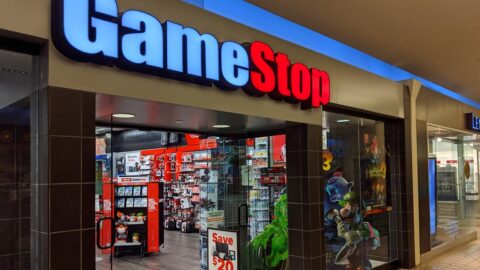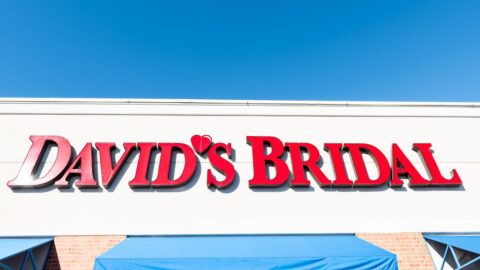Amazing how smart I was just two years ago. In fact, the world seemed to be full of geniuses. Prognostications on how to feed the monster called ecommerce and increase the yawning chasm called share of wallet were more plentiful than smiley faces at a Wal-Mart.
Now I’m not so smart. No one is. Nothing like an economic downturn to humble any retailing genius. We know a lot about the broken economy and the credit crunch and the money that has vanished with real estate profits and personal refinancing. These things are in some ways beyond the control of retailers. But we don’t know enough about a tougher problem that I think has driven the high profile retail failures of the past year: broken business models.
Look at some of those high-profile problems. Eight mid-sized chains from Levitz to Sharper Image have filed for bankruptcies. Store closings according to the International Council of Shopping Centers, will top 6,000 this year, the most since 2004. I think that number is light. When you drill down a bit, the usual suspects of the economy don’t hold all the answers. Sharper Image has always been a chain that basically sells things that people don’t need, such as ionic breeze purifiers. And it sure worked before competition on the internet became so fierce and the high-end customer it served became analyzed and assigned an algorithm. Was a 16% dive in per store sales surprising? The business model cracked as much as the economy.
Look at Macy’s. A large department store that caters to the middle class was a solid enough niche before the internet flattened the world. The internet has allowed traditionally upscale brands like Saks and Lord & Taylor to also play to the middle class online, while giving nothing up in-store. That is partially responsible for driving Macy’s consolidation and 2% dip in per store sales for the fourth quarter. I don’t think real estate of credit had much to do with it.
I could go on. Linens and Things format is not viable anymore because “linens” are all over Wal-Mart, Target and the internet. Things, well … what were “things” anyway? Blockbuster as an in-store concern, needs to buy Circuit City because its business model has moved online. Foot Locker, CompUSA, Ann Taylor….. all of these retailers have not managed the most important touchpoint, and that’s the internet. So, I have been humbled. I didn’t think bankruptcies and slower store opening schedules would hit retailing as fast as they have. But, I have some ideas for fixing what’s broken. In fact, I have three:
1. Exaggerate the business proposition. I’ve always heard that retailers should “define” their value proposition, but now I think it should be exaggerated. Look at the retailers that are well-positioned despite economic slowdown issues. Cabela’s always had a strong internet and catalog position. Now its stores are huge, exaggerated versions of outdoor retailing. Disney for hunters. I would never step foot in a Cabela’s, and you know what? That’s OK. Exaggerating your business proposition means you know who you’re shutting out, and being comfortable with it. Examples: Nordstrom’s, Target, Neiman Marcus.
2. Embrace the human touchpoint: I have very little evidence for this beyond instinct. But I think that in-store success will be driven by technology that allows store clerks and live online agents to act smart. Clienteling, guided selling, call it what you want, but the retail employee that acts like he knows the customer is as valuable for the long-term health of the company as any executive.
3. Be honest about the current state: I have a ton of respect for Borders because its management was so honest about its lack of success online and its need to reconsider store size and location. If it’s broken, call it broken. Offline retail is tough to fix. But the internet has represented the broken part of the business model. The cool thing a bout the internet (even now) is that it can always be changed. In fact, there’s a good argument that the internet is a retailer’s offspeed pitch. Maybe it should be changed more often.
There’s no silver bullet. A recent Harvard Business Review study showed that factors outside management control accounted for 13% of stalled or even declining revenue growth. But there’s another 13% within its control that companies fall prey to: innovation management breakdown. Retailers need to see the current slowdown and bankruptcies not as a cyclical problem. Business model change has been in the air for years. Now it has come home to roost.












